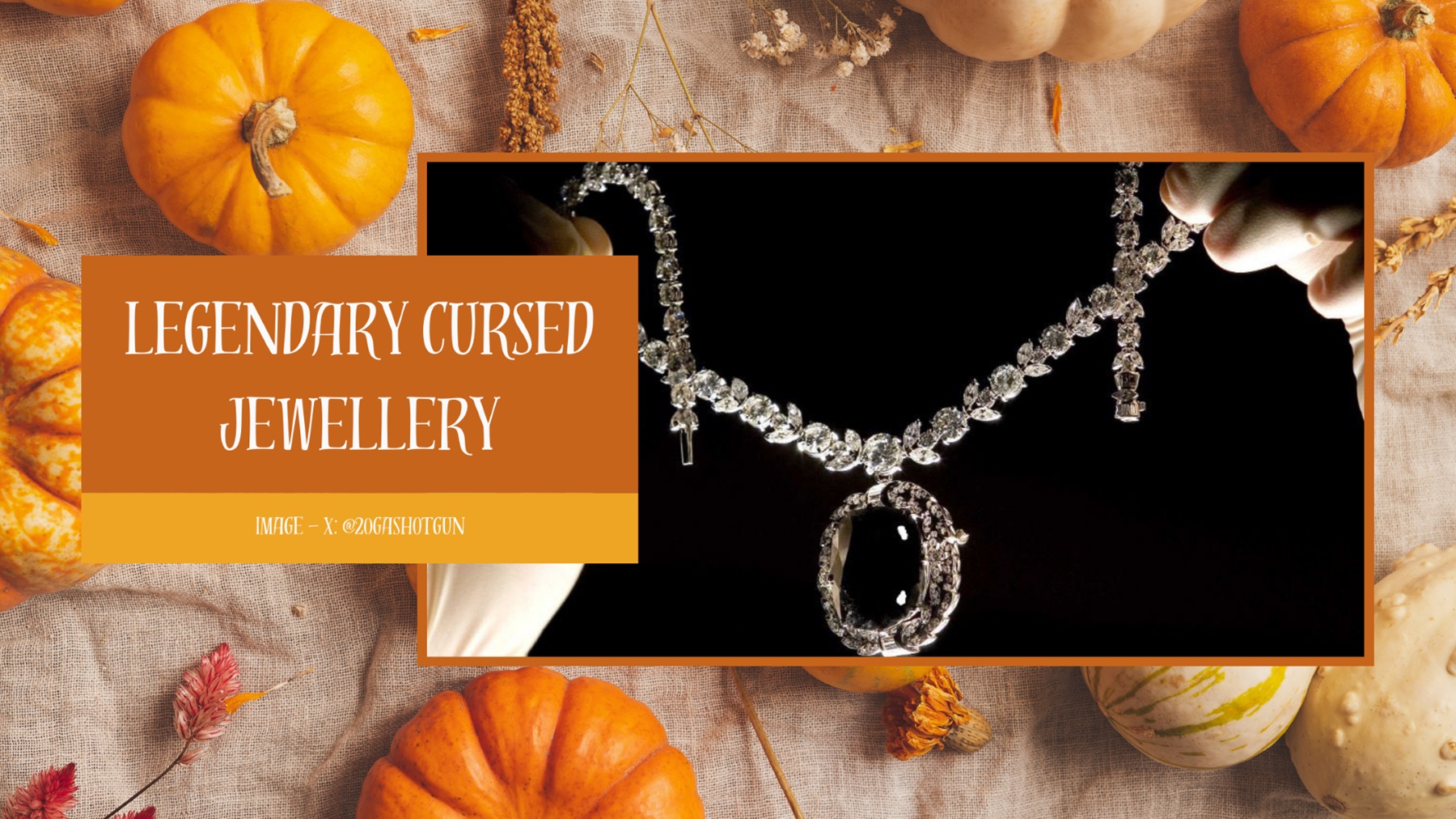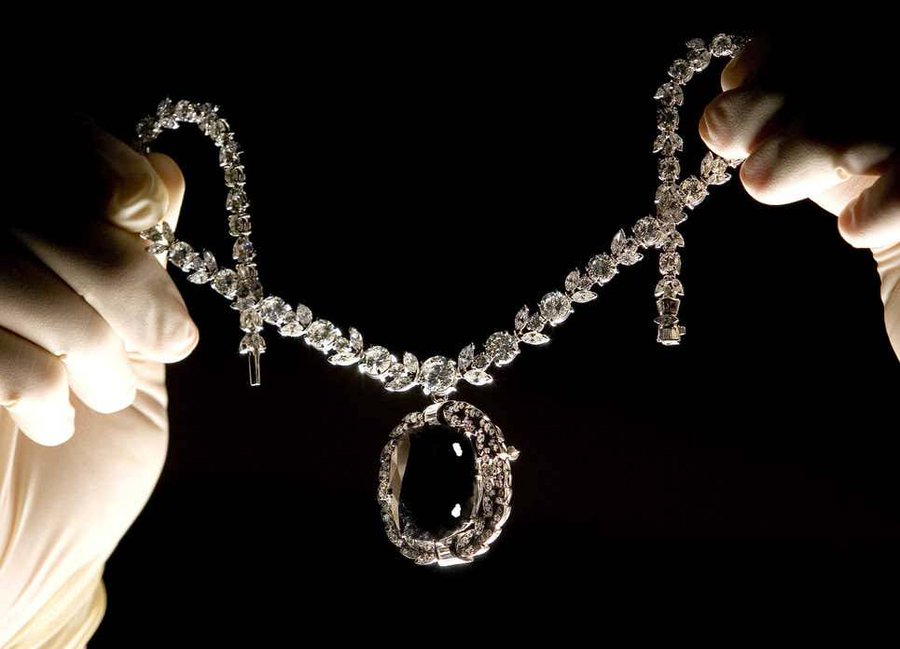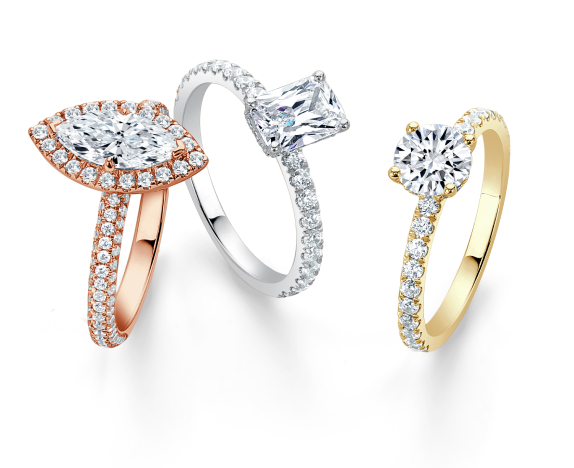As Halloween approaches, tales of haunted treasures and cursed relics resurface, capturing our imaginations and sending a chill down our spines. Among these tales are the eerie legends of cursed jewellery – beautiful yet sinister pieces believed to bring misfortune, tragedy, or even death to those who dare to wear them.
This Halloween, jewellery experts from UK retailer Steven Stone have delved into the dark history of some of the world’s most infamous cursed jewels. From priceless diamonds to eerie heirlooms, we’ve revealed not only the haunting stories behind these pieces but also the staggering price tags that continue to attract collectors.
The Koh-I-Noor Diamond
Estimated Value: $591 million (£494 million)
The Koh-i-Noor Diamond has long been shrouded in a legend of misfortune since its journey from India to England. It’s thought to bring bad luck to any man who possesses it, with each male owner throughout history ultimately losing his throne.
English royal women, however, are said to be immune to its curse and have safely claimed the 105.6 carat diamond as their own.
Traditionally worn by Queen Consorts, it was set in the crown of Queen Alexandra, the wife of Edward VII, and then in the crown of Queen Mary, the wife of George V. It was later replaced by a replica in 1937 when the huge diamond was moved to the Queen Mother’s crown for her and King George VI’s coronation.
Plans to use the Koh-i-Noor diamond in Queen Camilla’s crown were reconsidered amid fears of a row. India’s ruling party warned that the move would bring back painful memories of the colonial past.
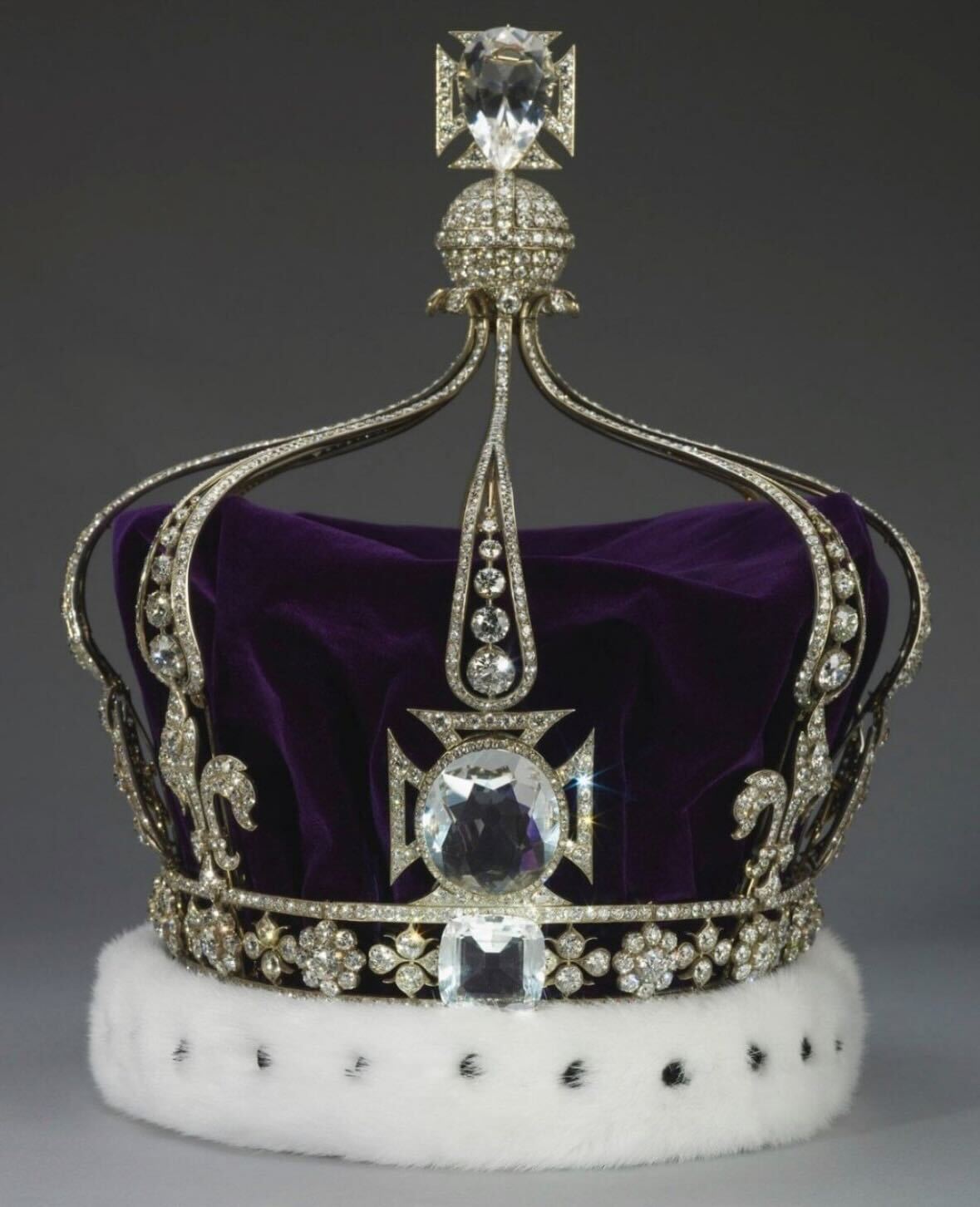
The Black Orlov
Estimated Value: $450,000 (£347,000)
The Black Orlov is a striking 67.50-carat black diamond with a dark legend attached. Said to have been taken from an ancient statue of the Hindu god Brahma, the theft supposedly triggered a powerful curse upon those who possessed it.
In 1932, the diamond – which is also called the Eye of Brahma Diamond – was brought to New York by a dealer who later died by suicide, a fate shared by two subsequent owners. Russian princesses, they both took their own lives within months of acquiring it. Now, the Black Orlov resides as the focal gem in a diamond-encrusted pendant.
Hope Diamond
Estimated Value: $350 million
Originally mined in India, the 45.52 carat Hope diamond was cut from an even larger stone called the Tavernier Blue. The Tavernier Blue diamond was sold to Louis XIV in 1768 who had it re-cut into a stone he called the “Diamant bleu de la Couronne de France” (the blue diamond of the French Crown).
Louis XVI wore the stone as part of a large pendant, but shortly after his imprisonment, it was stolen and didn’t reappear until the early 1800s. By this time, it had been re-cut again, to form what is now known as the Hope diamond.
According to legend, French merchant Jean-Baptiste Tavernier acquired the striking 115.16-carat blue diamond after taking it from a Hindu statue, angering temple priests and inviting a powerful curse upon the stone. Since then, a series of tragedies and untimely deaths have plagued many of its owners, strengthening the diamond’s dark reputation and the fearsome lore surrounding it.

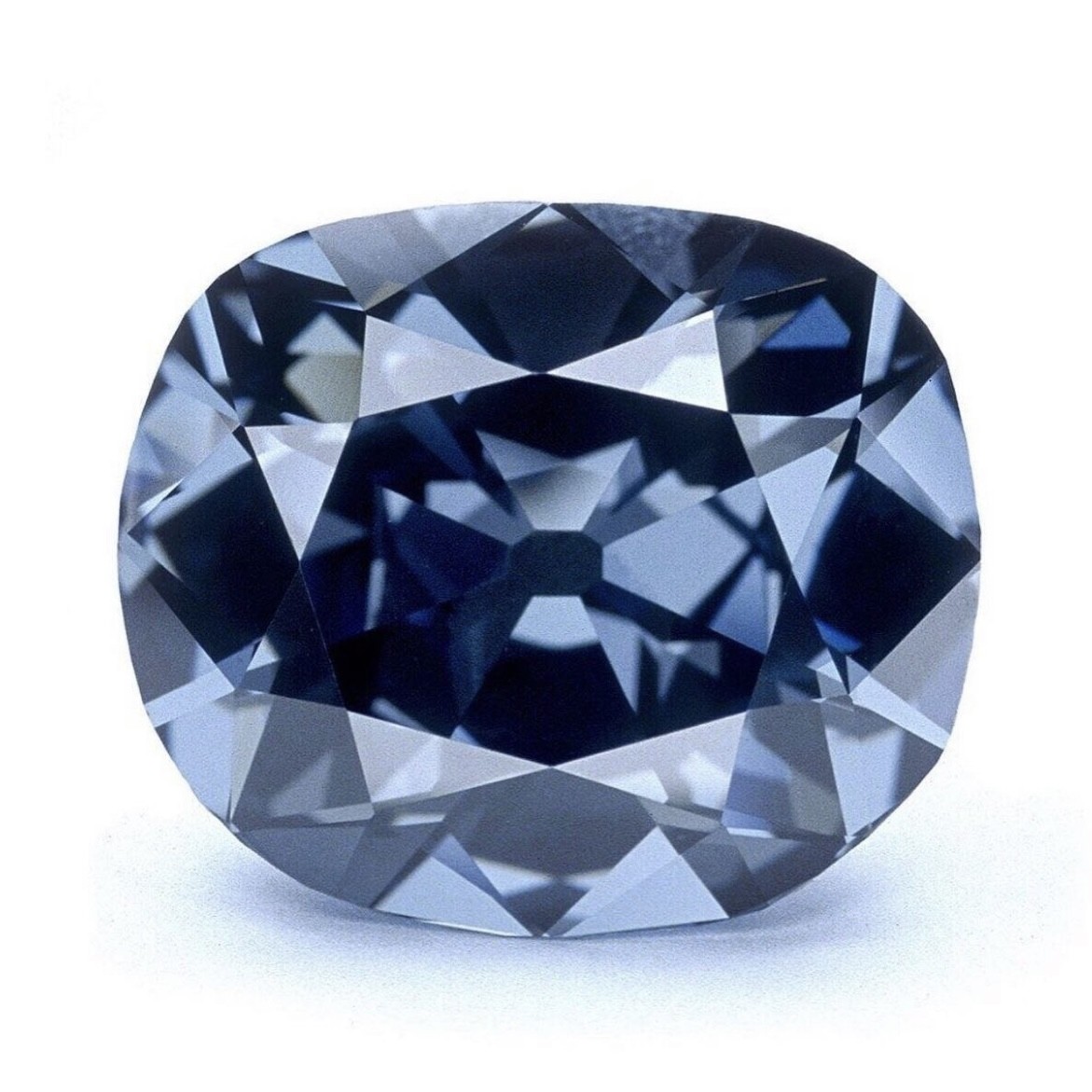
The Delhi Sapphire
Estimated Value: $130,000 (£100,000)
Interestingly, the Delhi Sapphie is actually an amethyst. The stone has earned a notorious reputation for bringing dreadful misfortune, financial ruin, and ill health to its owners. The legend of this stunning gem began in the 1850s when a British soldier stole it from the temple of Indra. After experiencing a series of unfortunate events, the soldier gifted the stone to a scientist, only for the scientist to face a similar streak of bad luck.
Following two failed attempts to pass the gem on, the scientist decided to toss the Delhi Sapphire into a London canal in a bid to escape its curse. However, fate intervened; the amethyst was retrieved and returned to him, leading him to store it away with strict instructions to keep it locked until after his death.
Today, the Delhi Sapphire resides at the London Natural History Museum, continuing to intrigue visitors with its captivating beauty and dark legacy.
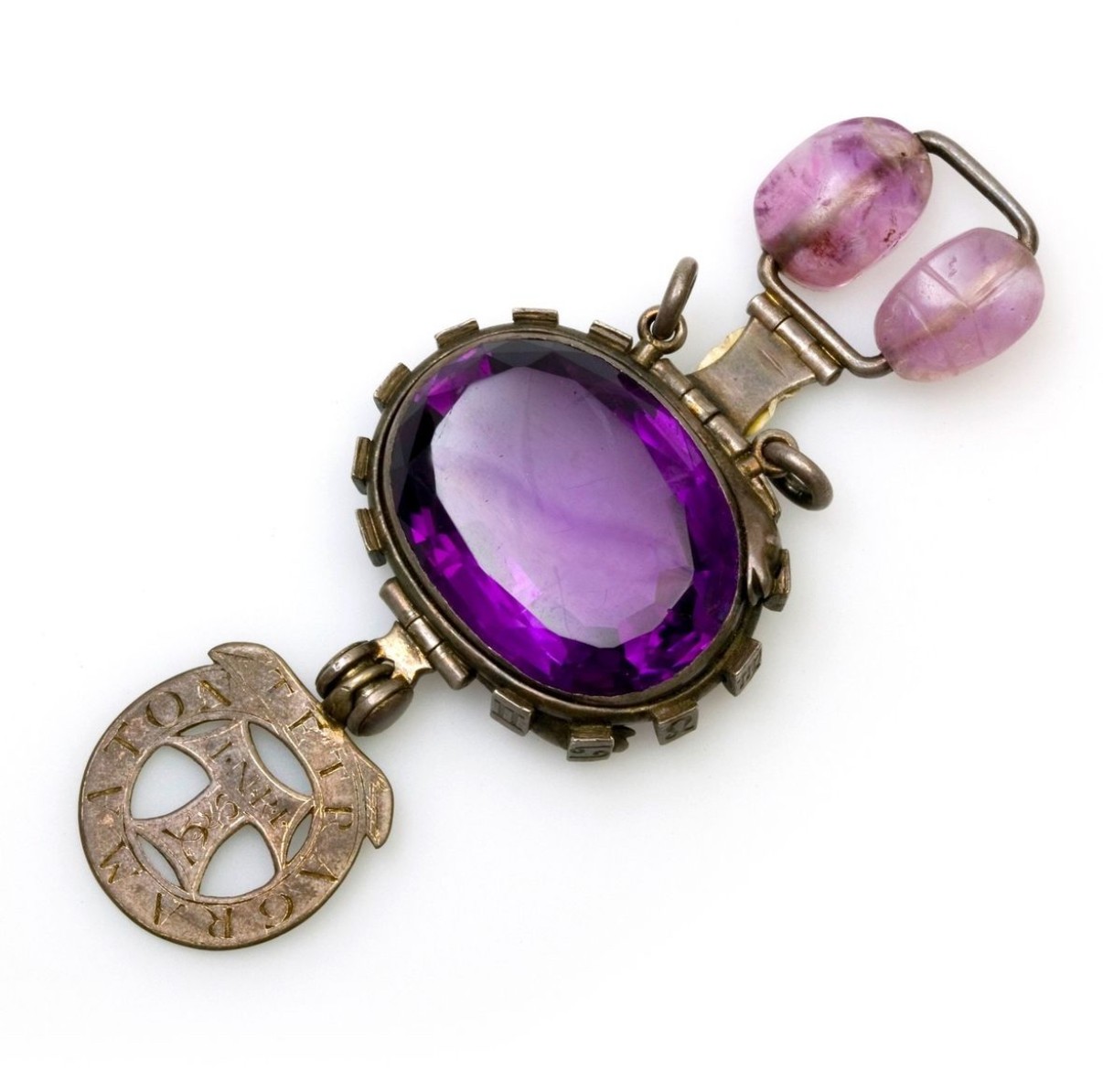
The Black Prince’s Ruby
Estimated Value: $1.3 million (£1 million)
The Black Prince’s Ruby, prominently set in the Maltese cross at the front of England’s Imperial State Crown, is a striking deep red gemstone with a fascinating twist – it isn’t a ruby at all. Weighing 170 carats, the historic gem is one of the world’s largest gem-quality red spinels.
Often referred to as the “Great Imposter,” the Black Prince’s Ruby has a history as colourful as its brilliant red hue. According to legend, it was stolen in 1371 from the slain Sultan of Granada by King Pedro of Castile. Seeking refuge, Pedro turned to Edward of Woodstock, the Black Prince, offering vast treasures as a token of gratitude – including this stone.
Many believe that the curse of the Black Prince’s Ruby began with Don Pedro’s violent seizure of the blood-red gem from the Sultan of Granada. Since then, the stone is said to have brought misfortune and even untimely deaths to its successive owners.
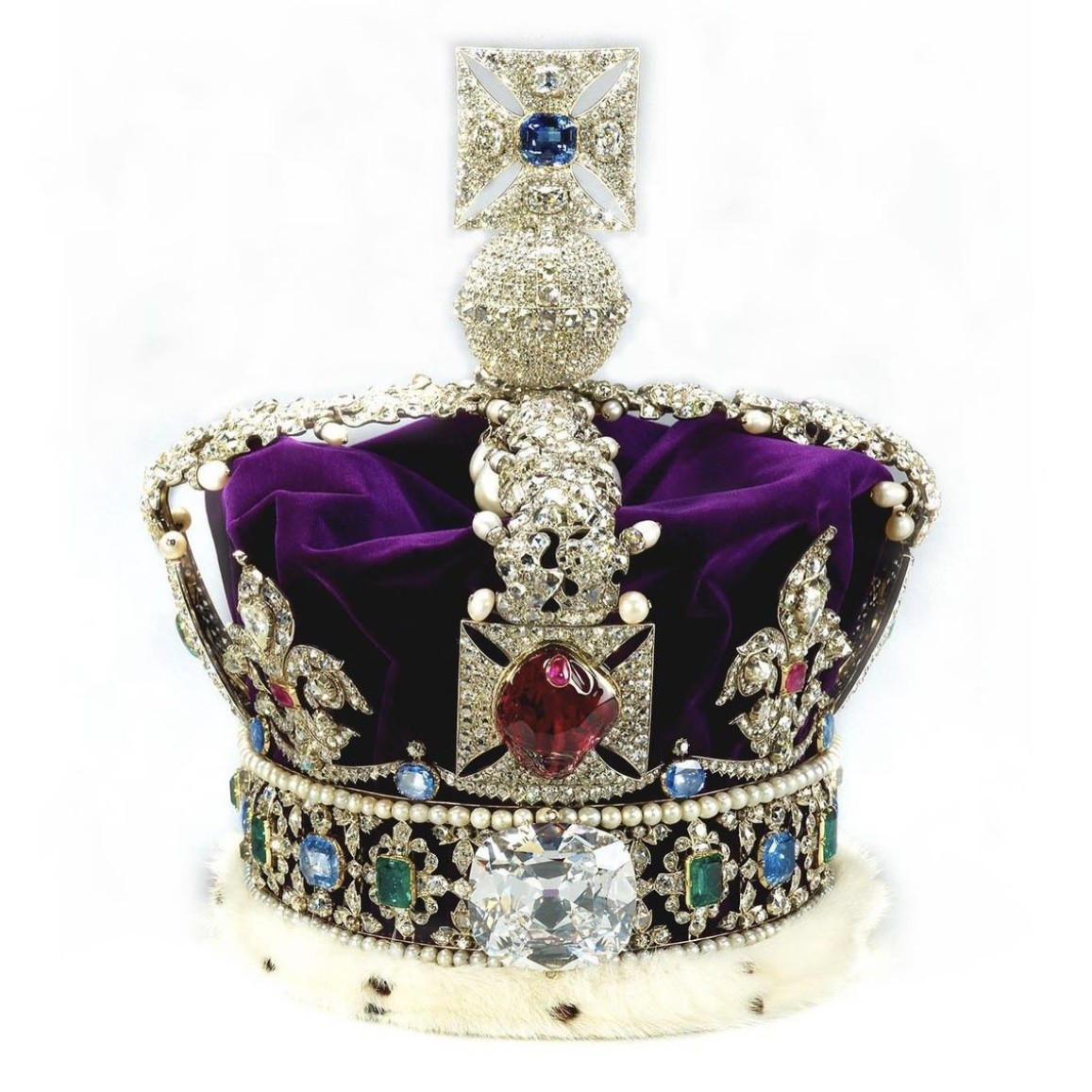
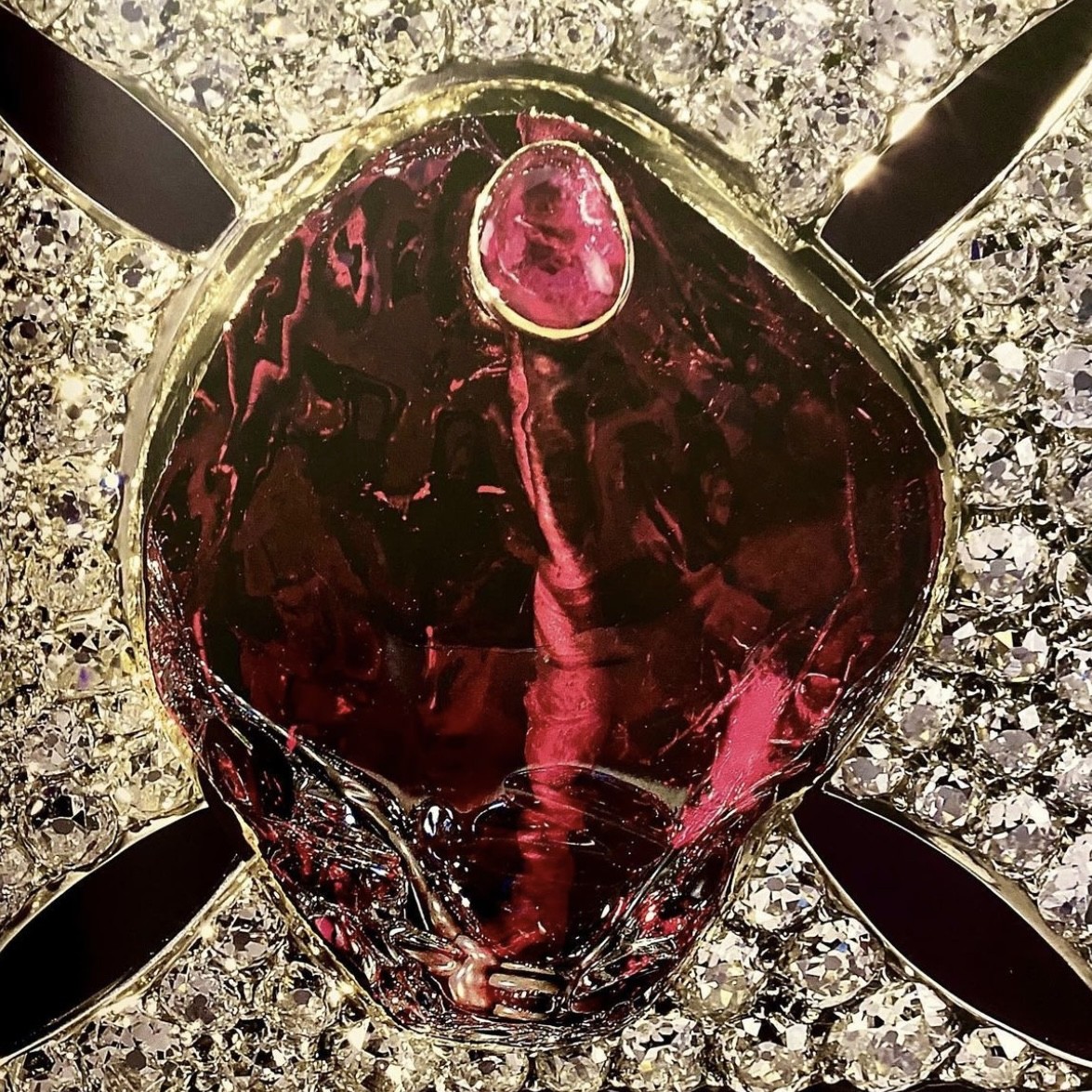
If you’re looking for some jewellery inspiration, why not take a look at our full collection? Whether you’re after a necklace or some diamond earrings, we’ve got you covered. We also have a vast range of engagement and wedding rings.
If you don’t see anything that takes your fancy, we also offer a bespoke service, where our designers will create a unique piece of jewellery that ticks all the boxes.
Follow us on our socials
Pop over to our social platforms to keep up to date with Steven Stone’s latest jewellery content and news.
